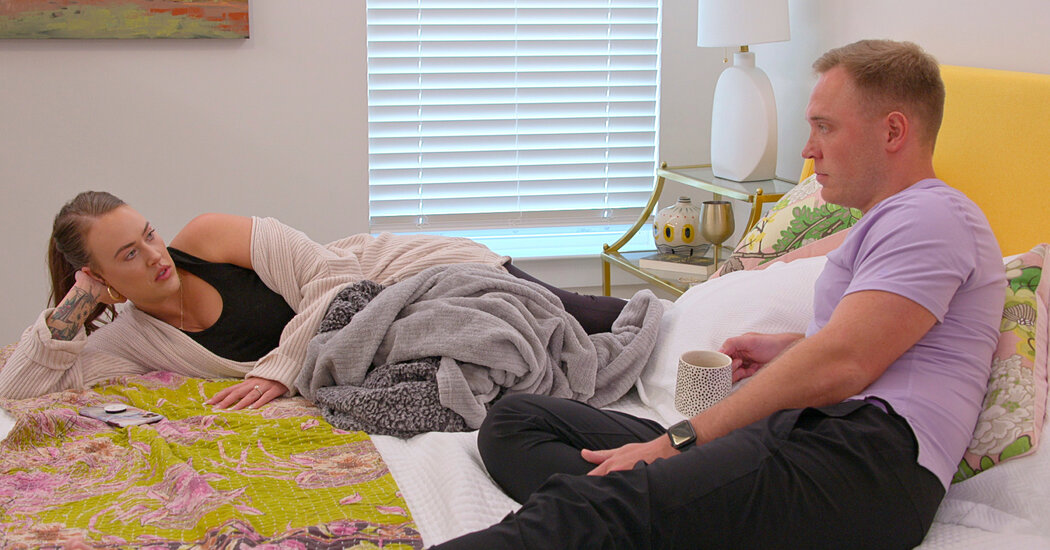
In the sixth season of the Netflix series “Love Is Blind,” one contestant, Chelsea, implied — through the walls of a self-contained dating pod — that she had a celebrity look-alike.
“I get one person, and it’s just because I have dark hair and blue eyes,” she coyly teased another contestant, Jimmy, before revealing her alleged doppelgänger.
“Megan Fox? Are you saying you look like Megan Fox?” Jimmy asked in astonishment when he realized who she was talking about. Although Chelsea clarified again that she didn’t see it herself, the seed had been planted. Viewers could see for themselves the way Jimmy visibly perked up at the possibility that his could-be wife looked like one of the world’s most attractive stars.
“I think that was her downfall,” said Laura Jennings, 46, who works for a software company. “If you wanted to keep it ‘love is blind,’ you would not do any of that. You wouldn’t paint the picture.”
Indeed, after proposing to Chelsea and seeing her for the first time, it became apparent to Jimmy that she did not look like the bombshell actress. His disappointment could be felt off the screen.
Does physical attraction matter in relationships? “Love Is Blind” has been seeking an answer to that question since 2020 through its central experiment: 30 men and women, kept apart from one another in gender-specific quarters, go on “dates” without seeing each other’s faces until after they’re engaged. In the current season, which has its finale next week, the shallowness is at the fore in a way that it hasn’t been in previous seasons, with multiple contestants revealing that they either aren’t attracted to the person they chose or cannot ignore their personal preferences.






